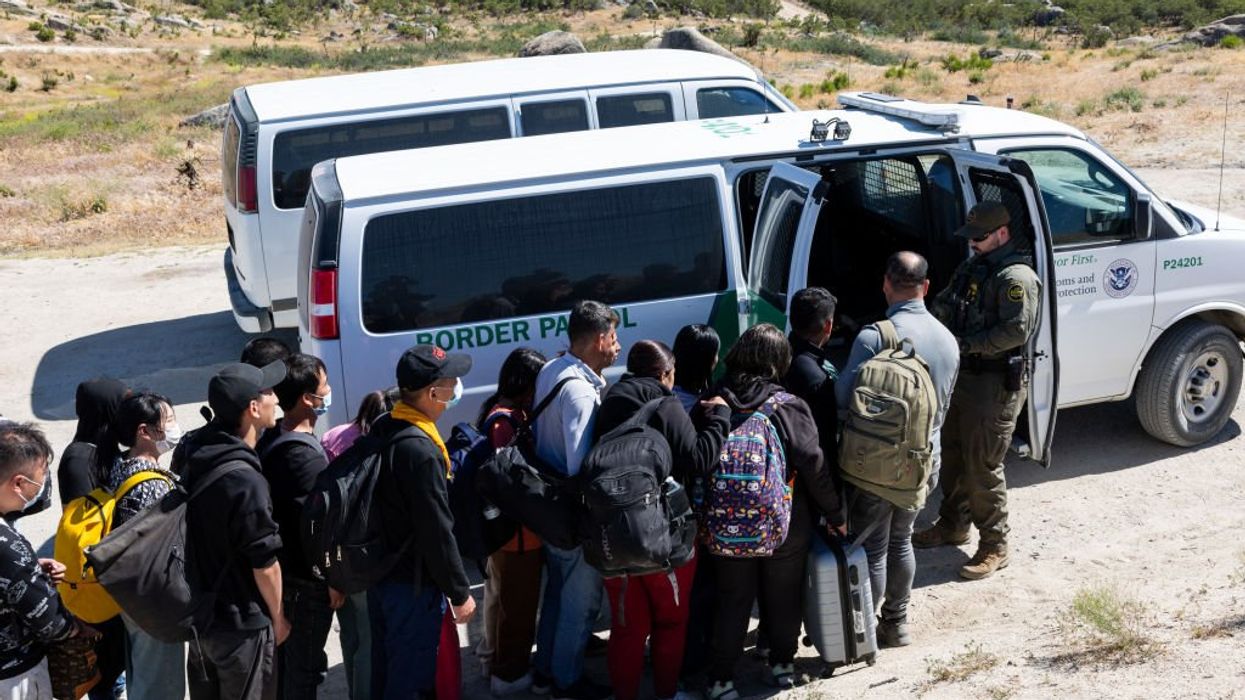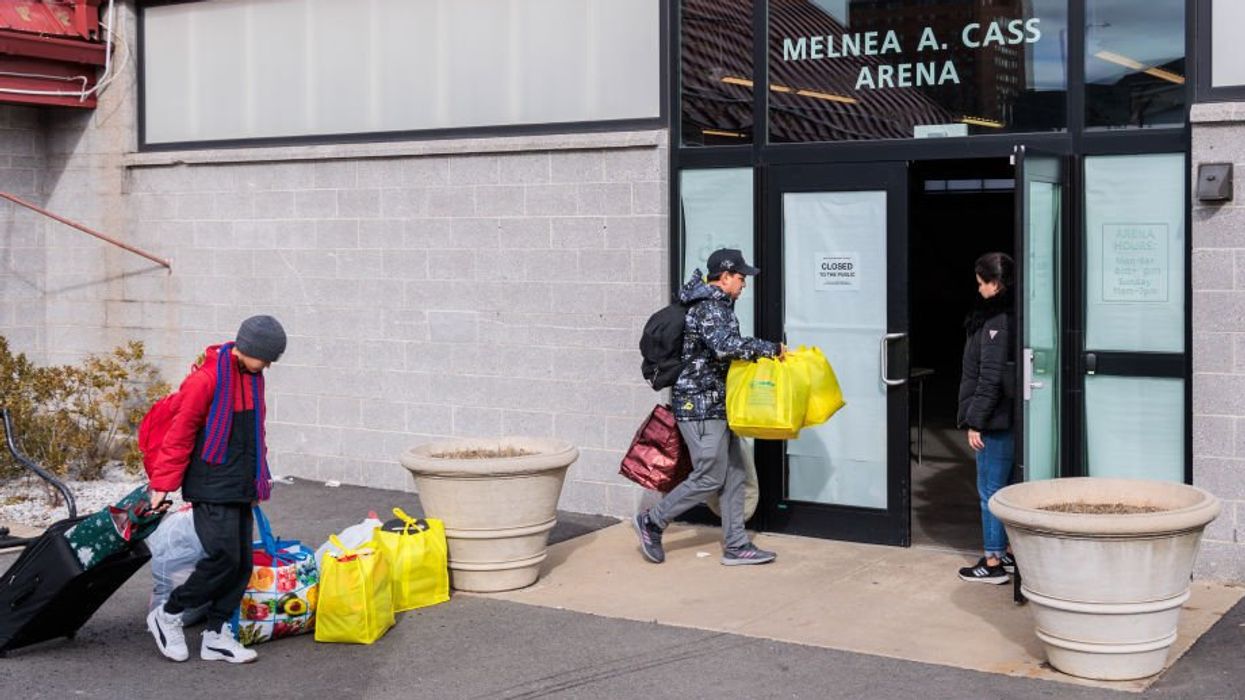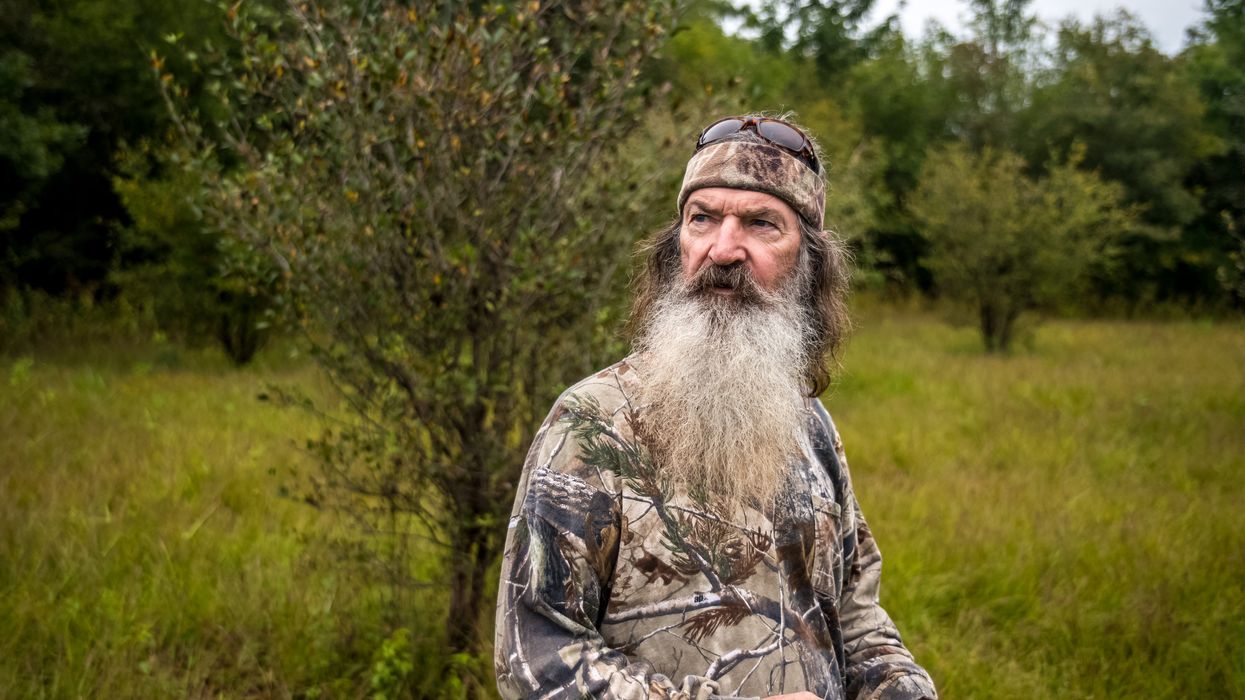
© 2024 Blaze Media LLC. All rights reserved.
"death zone"
KATMANDU, Nepal (AP) -- Three climbers who scaled Mount Everest died on their descent and two went missing during a crowded weekend on the Himalayan peak, raising concerns Monday about congested trails and poor conditions near the summit.
An estimated 150 climbers tried to reach the top Friday and Saturday as they rushed to use a brief window of good weather in what has otherwise been a troubled season for climbing. Many of the climbers had been waiting at a staging camp for several days for their chance.

The three climbers who died Saturday were believed to have suffered exhaustion and altitude sickness, Nepali mountaineering official Gyanendra Shrestha told The Associated Press. Officials were still gathering details from descending climbers, he said.
The victims were identified as German doctor Eberhard Schaaf, Nepal-born Canadian Shriya Shah, and South Korean mountaineer Song Won-bin. The missing climbers are a Chinese national and his Nepalese Sherpa guide.
"There was a traffic jam on the mountain on Saturday. Climbers were still heading to the summit as late as 2:30 p.m. which is quite dangerous," Shrestha said.
Climbers normally are advised not to try for the summit after 11 a.m. The area above the last camp at South Col is nicknamed the "death zone" because of the steep icy slope, treacherous conditions and low oxygen level.
"With the traffic jam, climbers had a longer wait for their chance to go up the trail and spent too much time at higher altitude. Many of them are believed to be carrying a limited amount of oxygen, not anticipating the extra time spent," Shrestha said.

The climbing season normally runs from late March to the first week in June, and the Nepalese government places no limits on how many climbers can be on 8,850-meter (29,035-foot) mountain, the world's highest. The season's first clear conditions were on Friday and Saturday, but that window already was closing by Saturday afternoon with a windstorm at higher altitudes, Shrestha said.
Ang Tshering, an Everest expert and former president of Nepal Mountaineering Association, said the government should impose a system of climbing schedules so that scores of climbers are not trying to summit on the same day.
Tshering said the race to the summit on Saturday meant that climbers likely expended all their energy on the way up and had little in reserve for the way back down.
"That is one reason that some climbers collapse after they reach summit. The other thing is when they put too much efforts, when they are very tired it also causes the altitude sickness," he said.

The deadliest day on Everest was May 10, 1996, when eight people were killed. The main reason was said to be that climbers who started their ascents late in the day were caught in a snow storm that swept the mountain in the afternoon.
Some climbers and environmentalists have expressed concerns that climbing conditions on Everest are worsening each year, possibly due to climate change.
An unusually light snowfall this year has added to this season's danger, renowned Everest climber Conrad Anker said.
"Because there is little fresh snow, icy surfaces on the slopes make climbing more difficult and dangerous," Anker said, adding that "the snow acts as glue stopping rocks from falling on the climbers."
Well-known expedition organizer Russell Brice cited the mountain's precarious condition in his decision in early May to cancel this year's climb for more than 60 clients.
Want to leave a tip?
We answer to you. Help keep our content free of advertisers and big tech censorship by leaving a tip today.
Want to join the conversation?
Already a subscriber?
Billy Hallowell is a digital TV host and interviewer for Faithwire and CBN News and the co-host of CBN’s "Quick Start Podcast."
Billy Hallowell
Billy Hallowell is a digital TV host and interviewer for Faithwire and CBN News and the co-host of CBN’s "Quick Start Podcast."
more stories
Sign up for the Blaze newsletter
By signing up, you agree to our Privacy Policy and Terms of Use, and agree to receive content that may sometimes include advertisements. You may opt out at any time.
© 2024 Blaze Media LLC. All rights reserved.
Get the stories that matter most delivered directly to your inbox.
By signing up, you agree to our Privacy Policy and Terms of Use, and agree to receive content that may sometimes include advertisements. You may opt out at any time.


